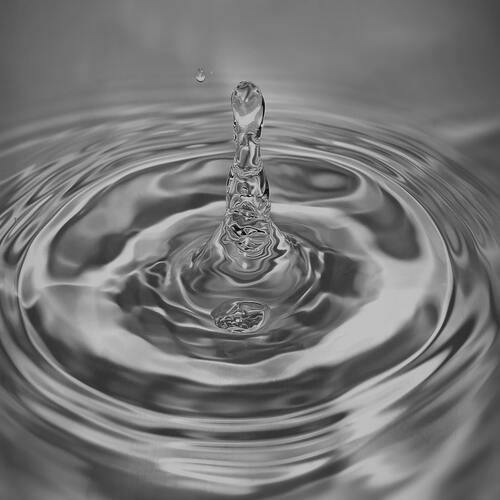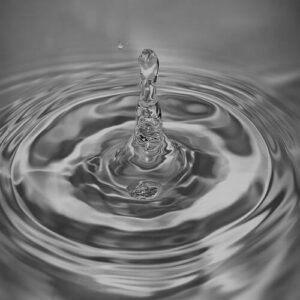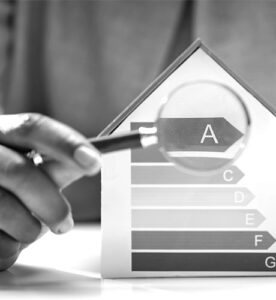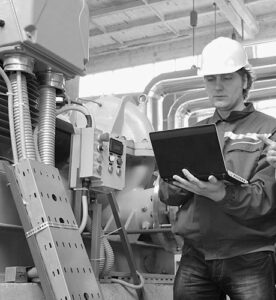Water Auditing
A water audit is a systematic assessment process that aims to identify inefficiencies and potential opportunities for savings in water consumption in a given building. This process includes a detailed analysis of the work environment, a technical visit to the site, and the preparation of a report with recommendations for improving water use efficiency.
The water audit also serves to help companies reduce water costs and consumption, and promote environmental sustainability. This study identifies areas of waste and inefficiency in water use and provides recommendations for improvement that aim to reduce water consumption, improve water efficiency, and reduce associated costs.
What the water audit is for
Identify water-saving opportunities: identify areas or processes that consume more water than necessary and suggest ways to reduce their consumption.
Verify compliance with environmental regulations: evaluate whether the company's activities are in accordance with the regulations and laws related to water use and management.
Assess water-related risks and opportunities: help identify risks to the business associated with water availability or quality, and also opportunities for improvement for the company.
Improving the efficiency of production processes: identify ways to improve the efficiency of production processes, such as reducing equipment washing time, or reusing treated water in processes that do not require potable water.
Reinforcing the company's image: Implementing sustainable water management measures helps reinforce the company's image of commitment to environmental issues.

Benefits
Water Audit Projects
Bomporto Lumiares conducts water audit with Helexia

Bomporto Vintage does water audit with Helexia

Our methodology
A water audit is done by specialized professionals and is usually divided into the following steps:
-
- Planning: in this phase, the objectives of the audit are defined, as well as the information and documents needed to conduct the audit.
-
- Data collection: this step involves gathering information about the water management of your company or building, including water resource use, water quality, water conservation practices and related risks. This collection is typically accomplished through interviews, questionnaires, data analysis, and on-site inspections.
-
- Data analysis: the data collected is analyzed to determine the effectiveness of current water management practices and identify opportunities for improvement. This analysis is done using quantitative and qualitative data.
-
- Risk assessment: Risks related to water resources include environmental risks and risks to human health. Aspects such as water availability and quality, conservation practices, and treatment and reuse processes are taken into consideration.
-
- Recommendations: based on data analysis and risk assessment, recommendations are developed for improvements in the water management of the site or company. These recommendations may include changes in current practices, investments in more efficient technologies and management systems.
-
- Final Report: the outcome of the audit is documented in a final report, which presents the conclusions, recommendations, and an action plan to implement the identified improvements.
Importantly, the water audit is an ongoing process that should be conducted regularly to assess the effectiveness of implemented improvements and identify new opportunities for improvement in water resources management.
Helexia wants to be the long-term partner for the energy transition and decarbonization of your business.







